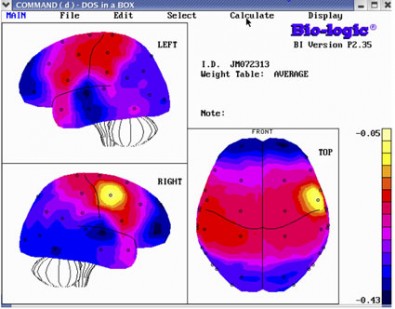By Milton Valencia and John Ellement | The Boston Globe | December 27, 2013
This week’s Supreme Judicial Court decision opening the door to parole for teenagers convicted of murder will force a major examination of the way the state tries, sentences, and attempts to rehabilitate them, according to legal analysts.
In its Tuesday decision, Massachusetts’ highest court called on the state to quickly create a “new, constitutional sentencing scheme for juveniles convicted of homicide crimes.”
“We have to look at our system and figure out where we make it work in a way that has meaningful accountability, but looks at kids in a meaningful way, and addresses the fact that they are kids,” said Naoka Carey, executive director of Citizens for Juvenile Justice, a nonprofit research and advocacy group based in Massachusetts, in a phone interview Thursday. Continue reading »





